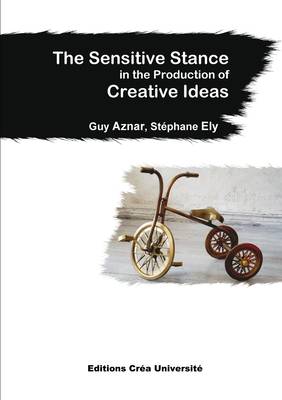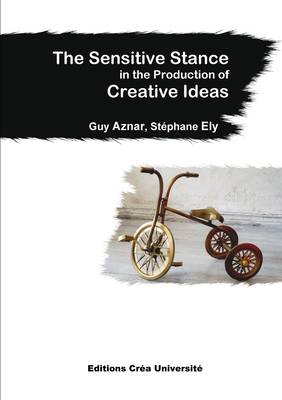
- Afhalen na 1 uur in een winkel met voorraad
- Gratis thuislevering in België vanaf € 30
- Ruim aanbod met 7 miljoen producten
- Afhalen na 1 uur in een winkel met voorraad
- Gratis thuislevering in België vanaf € 30
- Ruim aanbod met 7 miljoen producten
Zoeken
€ 15,95
+ 31 punten
Omschrijving
Creative thinking is a technique that is used in invention, innovation, problem solving, and generating new product concepts, services, and organizations. We all are familiar with the practice of brainstorming, which brings into play speed, quantity, and sustained rhythm. It is the emblematic technique of one of the creative stances: the "dynamic" stance. But there is also a second creative stance: it is less known, involves going at a slow pace, searching out the vagueness of intuitive moments, and turning inward to the imagination. We refer to it as the "sensitive" stance. But what exactly is the sensitive stance? How is it integrated into the production of creative ideas and, more notably, into Creative Problem Solving (CPS)? These are the questions we will strive to answer in this book, where we will introduce and explore the mechanisms of the creative sensitive detour and its accompanying creative breaths: departure towards the imagination, the emergence of ideas, and sensitive convergence.
Specificaties
Betrokkenen
- Auteur(s):
- Uitgeverij:
Inhoud
- Aantal bladzijden:
- 122
- Taal:
- Engels
Eigenschappen
- Productcode (EAN):
- 9781446763780
- Verschijningsdatum:
- 9/01/2011
- Uitvoering:
- Paperback
- Formaat:
- Trade paperback (VS)
- Afmetingen:
- 148 mm x 210 mm
- Gewicht:
- 154 g

Alleen bij Standaard Boekhandel
+ 31 punten op je klantenkaart van Standaard Boekhandel
Beoordelingen
We publiceren alleen reviews die voldoen aan de voorwaarden voor reviews. Bekijk onze voorwaarden voor reviews.











